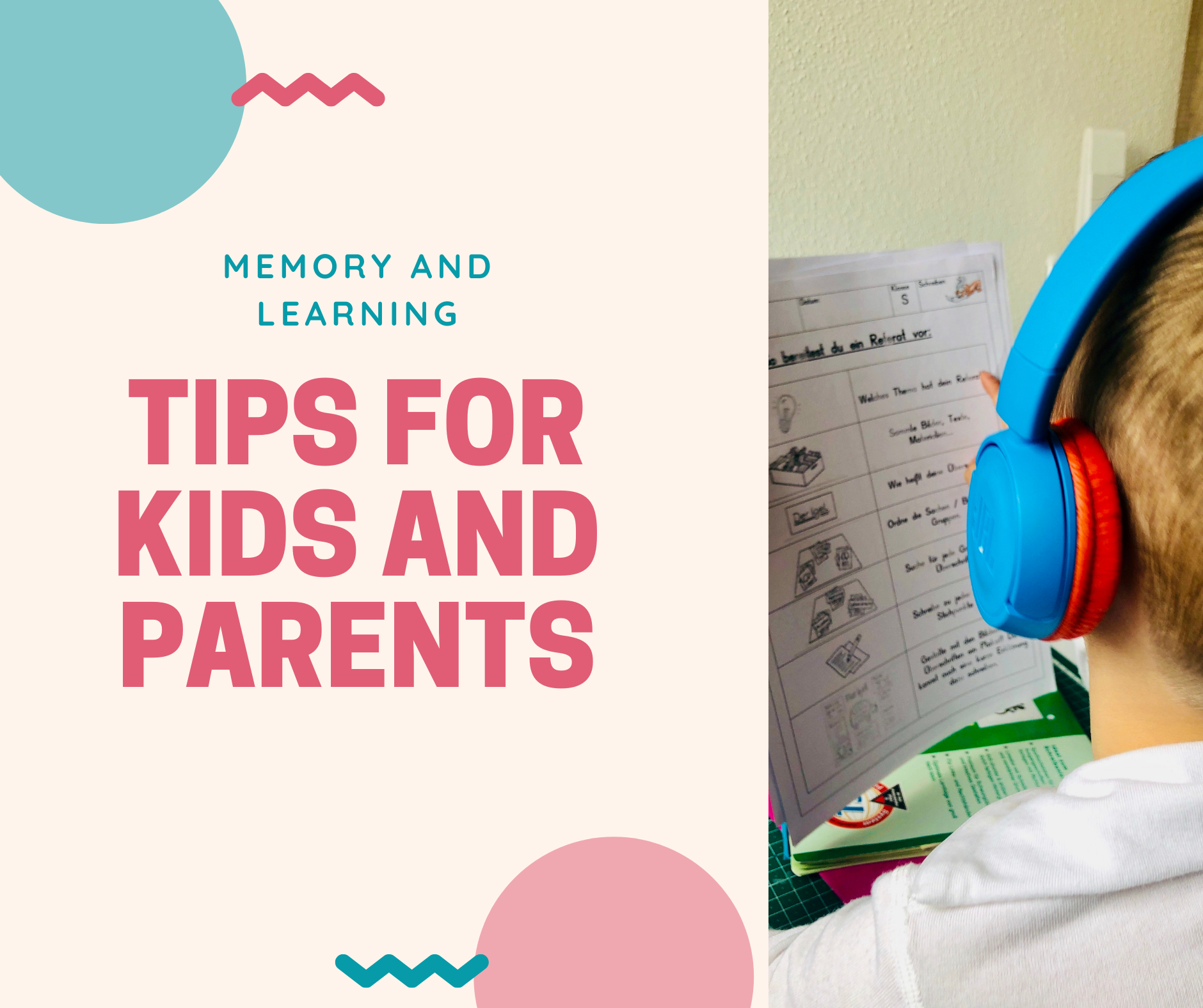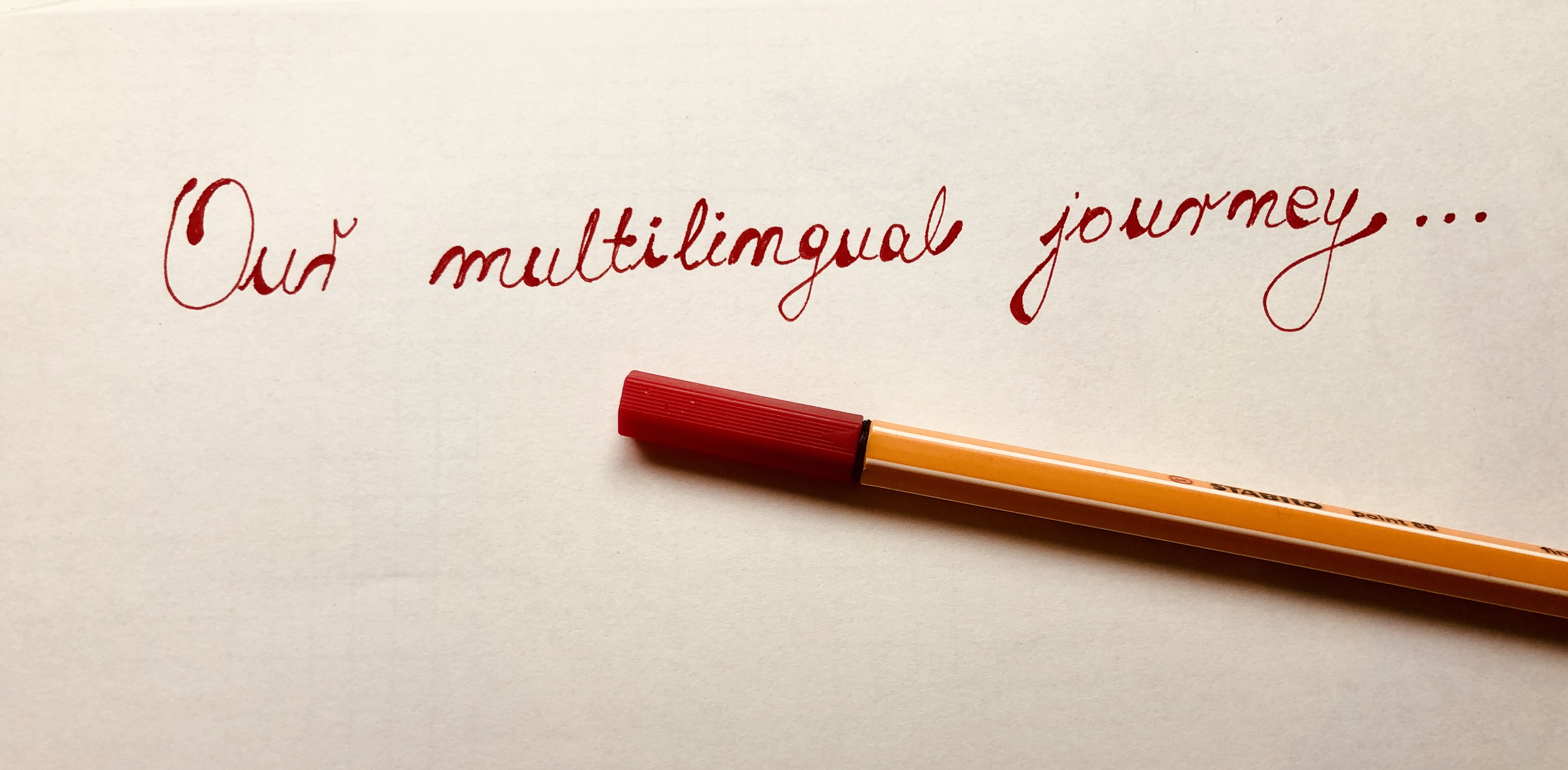Introducing a Third Language to Bilingual Children

When is the best time to introduce a third language to my child(ren)? What's the best method?
These two questions pop up quite often during seminars and webinars on multilingual development (zkm and IFM). The answer can sometimes be very disappointing - there is no universal approach to introducing a third language. Or second or forth for that matter. Like everything in child's development, the process of acquiring and learning languages is very individual. Just think of all the possible circumstances: Where do you live? Do people in your surrounding speak the target language? Do you plan on moving someplace else? What languages does your child already speak? Will/does the child learn this language at school? How old is the child? What's your goal? Why would you like to introduce this language?.... And many many more.
Interesting facts about bi-/multilingualism (1) (2) (3):
- Reported rates of population bilingualism in places such as Europe (67%), Canada (55%), India (25%), and the United States (20%) indicate that bilingualism is both common and growing.
- Evidence has mounted that bilingualism affects not only language development, but a range of other developmental processes, including perception, cognition, brain development, social development, and educational outcomes
Before we continue, let's just explain some basic vocabulary used in the text. Some of it can be found in this article about multilingual development as well.
| Term | Definition |
| Input | What children hear |
| Output | What children say (or do to show their understanding) |
| Additional language | Any language you add to the one(s) a child is already exposed to |
| Target language | A language that someone is learning |
| Dominant language | A language in which a bilingual or multilingual child has greatest proficiency and/or uses more often |
Now, if you turn to research, you might notice that studies often do not describe their subjects' language history or input and exposure patterns precisely enough (1) to make sure that the results of a particular study apply to your family situation. The other way of learning about the best practices of introducing an additional language is through practical experience. Suppose you ask your multilingual friends for advice. In that case, you might find some similarities as well as many differences in your language strategies, attitudes towards languages and goals set for your multilingual journey. All of this is telling us that there is no best time or approach to introduce an additional language.
What can parents do?
Educate yourself, and choose what suits your family at that moment. Be consistent but flexible.
And, if you are looking for some ideas and tips on introducing an additional language, here are a few strategies and resources we implemented. (We speak Croatian at home, German is the majority and English the third language). Maybe some of these will be helpful on your journey.
1) Reading and singing. We've been reading to our boys Einstein E and Power P in English since before they were born. In those earliest days, they didn't mind the language. They just listened to our voices and the language melody. As children grow and develop, their comprehension strategies evolve. They start using illustrations and different clues to grasp the idea of the text, and they ask for translation. There is no best way to read in a language that is not dominant. Just follow your child's lead. Translate if necessary. Ask questions to check understanding. Here, you can read more about asking questions before, during, and after reading. You can read in the target language and ask questions in your mother tongue. Or do both in the target language. It really depends on your child's language competences and attitudes towards the language as well as yours.
If you feel up to it, you can also try a more school-like approach and explicitly teach vocabulary from the text before you start reading.
When is the best time to start? Before the baby's born, in the very beginning, when they turn three, once they start school...
2) Puppets. Hand puppets can be an excellent way to introduce and practise languages. Whether it's their first, second or any other additional language, children tend to feel more comfortable speaking when they have a puppet on their hand. You can read the whole article on using puppets for language development here. We had puppet dragons that could speak only in English.
When is the best time to start? Teenagers might not be thrilled with the idea of "playing" with puppets. Younger kids surely would.
3) Travelling. (Ok, maybe not in these crazy corona times.) Being exposed to a language in its natural surrounding is something utterly different from learning it at home or school. If you have a chance, go for it. Travelling is always a fruitful experience, and exposure to a target language will most likely have an impact on your child's vocabulary but also attitudes towards the people.
When is the best time to start? Whenever you feel like it. It's never too late or too early.
4) Bring a person who speaks the language you want to introduce. It can be a nanny or just a friend. We haven't tried with a nanny, but here you can find out more about why and how to implement this strategy. A few ideas including other people who speak the target language are visiting play-groups or just hanging out. Because corona pandemic has made all these activities a bit more difficult to undertake, you can look for alternatives. The other day, in one of the FB groups, I saw a post that actually offers a solution to this social distancing problem. One guy described how they're staying in contact with their family through video calls. They prepare snacks, drinks, sometimes even dinner, and simply hang out virtually. So, if your target language-speaking friend can't come over and talk to your kids in that language, video calls might be a way to go.
When is the best time to start? Now is as good time as any time.
5) Games. Einstein E and Power P like playing board games. When they were younger, it was mostly about counting in English and learning games-related vocabulary (Your turn. Miss a turn. Two steps back...)
Lately, they have been crazy about this Language Box we made. They love playing in Croatian, German, and English. It's not really the languages that they find attractive about this game. It's using tactile senses, feeling, guessing, and, ultimately, having fun.
When is the beast time to start? Well, playing board games doesn't make much sense with infants, but as soon as children grasp the idea of playing board games in their first language(s), they're ready for playing in the target language.
Finally, I'd say that every experience can be turned into a brief exposure to an additional language. Going on a long trip? Sing songs, play "I spy" or any other word game in the target language. Visiting a ZOO? Name a few animals. Spending time outdoors? Name the colours and vehicles you see. Say the house numbers or the bus lines on your way. Grocery shopping? Make a list in the target language. Name everything you buy.
There is no best method to introduce a third language. But, with a pinch of planning, and a handful of opportunities for input and output, soon you might have a trilingual child :)
(1) Luk, G. (2017). Bilingualism In Hopkins B, Geangu E, & Linkenauger S (Eds.), The Cambridge encyclopedia of child development, 2nd ed. (pp. 385–391). Cambridge, UK: Cambridge University Press; DOI: 10.1017/9781316216491.062
(2) Bialystok, E. (2017). The bilingual adaptation: How minds accommodate experience. Psychological Bulletin, 143(3), 233–262. DOI: 10.1037/bul0000099
(3) Byers-Heinlein, K., Esposito, A. G., Winsler, A., Marian, V., Castro, D. C., & Luk, G. (2019). The Case for Measuring and Reporting Bilingualism in Developmental Research. Collabra. Psychology, 5(1), 37. https://doi.org/10.1525/collabra.233

